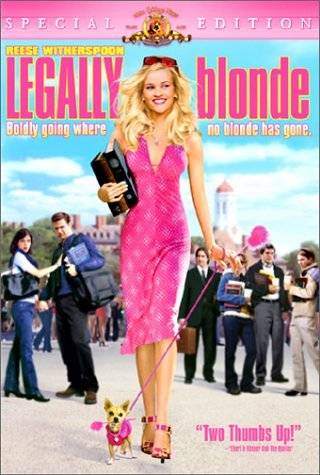By: Le'Loni Brown
"Film creates a close scrutiny not only of the meaning, or the effects, but also of the creation of everyday experience, creation that is often unexamined and unseen," (Geoffrey Sykes 72).
 |
 |
By: Le'Loni Brown
"Film creates a close scrutiny not only of the meaning, or the effects, but also of the creation of everyday experience, creation that is often unexamined and unseen," (Geoffrey Sykes 72).
 |
 |
Film is a form of entertainment given to spectators for various reasons. Jean Mitry says that "screen gives the impression of being a window on the world," (94). Today's film industry has changed quite a bit from when it first originated in the late 1800s. Most films are critiqued based on their originality, creativity, artistic value, and how it might be appealing to spectators. To make sure the films attract viewers, marketing budgets were increased and advertisements flourished to draw in spectators. There are many different tactics and tricks used in advertisements to swindle them in. according to Kenneth MacKinnon, "Identification is a psychological process of central importance... playing a significant part in all relations between subjects and objects," (59). A spectator will usually take the bait if he or she can identify with the characters.
Film has progressed greatly over time; however, there are still very controversial arguments surrounding film, the messages they send, and their marketing techniques. The greatest controversy arises when the topics of decoding messages and gender representations are being discussed. Most films have multiple meanings, and but the producer always puts forth the preferred meaning that the audience will take in and receive as the preferred reading. On the other hand, when gender representations are spoken about, there is a disagreement about the male gaze and the objectification of women represented in films. Teresa de Lauretis says that "the term object in psychoanalysis refers not to objects or individuals in the external world but to the mental representation of people or objects, (21). I have chosen to use the methodologies of semiotics and psychoanalysis to analyze the two films, also known as 'chick flicks,' Legally Blonde, 2001 and The House Bunny, 2008. These two films were raising topics of discussion after they were released and immediately classified as 'chick flicks.' 'Chick flicks' are films that usually have a female protagonist and targeted toward a female audience. The term is also used to describe films that have serious emotion and contain themes that are relationship-based, whether the relationship is romantic or friendly. These two films are polysemic and can be decoded in different ways. They seem to have clashing arguments about the objectification and empowerment of women. Although they have different readings and meanings, the preferred meaning and readings seems to be empowerment.
a class taught by Bob Bednar in the Communication Studies Department at Southwestern University